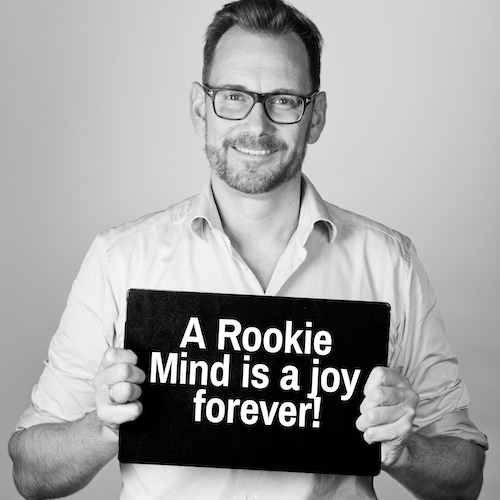Who doesn’t know him: our winged friend Calimero. Life is quite a challenge for the little bird. “I’m short and they’re big!” he often cried. Followed by an aggrieved and somewhat crestfallen “And that’s not fair!”.

In my working life, the association with Calimero has regularly occurred to me at various HR departments. Despite an ever-increasing focus on human resources in our organizations, HR as a discipline has never been able to break through to the highest management level of Dutch companies. Let’s be honest, in how many Boards or directorates HR present in, for example? Next to the CEO is usually only the CFO and sometimes a COO. With a bit of luck, HR is represented in the MT, but in general the need for management to involve HR in tactical and strategic HR issues does not seem great.
The question is why, despite the right level of education, the HR department so often fails to conquer a seat at the tactical-strategic table. Is there any need for this at all? The alternative is an inconvenient truth for many HR departments. Because if HR is not welcome to join in the discussions at ‘the top’, the department will remain condemned to ‘implement’ the outlined policy. And this is exactly the kind of task of which the current generation of employees says: we can do it ourselves; we don’t need HR. Give us the control and we’ll take care of it ourselves. Oops, HR is small, and the rest is big!
In my opinion, the cause lies largely in the institution that HR has become in the recent decades. The name says it all: Human Resources. Surely people are more than a tool for doing work and making money. But (unfortunately) this is where the core of the problem lies. In many organizations, HR has become a department that produces rules, procedures, and forms. Instruments take precedence over people and HR acts as the guardian of the rules.
Take, for example, the ‘appraisal cycle’ tool, often dressed up with standard forms that every manager must fill out for every employee at least once a year. Usually both manager and employee curse the process: a lot of work, little return. Getting a check mark is more important than what really matters: having real conversations, giving feedback and your personal development. No wonder other approaches and methodologies are emerging.
Seen in this light, it’s not surprising that HR is not invited to strategic parties. Anyone who wants to throw a party is not waiting for the one person who complains about the volume of the music. In other words, HR processes, policies and procedures are often perceived by the business as an annoying workload. Of course, some HR processes are simply required by law. It’s nice to have someone who makes sure that these legal obligations are met. But there are also a lot of processes that have become a paper machine, which is not necessary at all. And if HR does not take the lead in revising this structure and processes, there will be no invitations for strategic consultations.
It is clear: there is work to be done. HR professionals must show that they can think along with business. Not guardians of the rules, but guardians of the human dimension. Due to new organizational forms, in which employees are given more autonomy and room for regulation, this need to review HR is only increasing. When I look at the overview of ‘the 7 trends in HR’, I see a lot of trendy words, but fortunately also a plea for bringing back ‘the human touch’ in our organizations by organizing them differently: for and by the people.
The growing focus on people in organizations is the opportunity HR has long been waiting for. For the first time in a long time, the focus on people is coming more into balance with the focus on, for example, finance. So, to all HR departments in the Netherlands: don’t keep yourself small, but grab your stage! Say goodbye to Calimero and take a seat at the strategic table! How?
For example, by guiding people to a mode of continuous self-renewal and stimulating conscious behavior: behavior that reflects what the organization really stands for. Or creating a resilient structure within your organization and forming a self-regulating culture together with all people, a culture that can move with changing circumstances, that induces autonomy, increases mutual involvement and promotes cooperation.
Want to talk more about this? I would like to get in touch with you…